If you run a small workshop or SME, a jib crane can be the single best upgrade to your material-handling workflow. But the biggest question isn’t boom length or mounting style—it’s jib crane load capacity. Choose too low and you’ll fight overload alarms, stalled jobs, and safety risks. Choose too high and you’ll overspend on steel and motors you’ll never fully use.
This guide breaks down how to size jib crane capacity specifically for compact shops—using plain math, real-world examples, and practical checks you can apply in minutes.
Table of Contents
ToggleWhy capacity is the first (and finest) decision
Capacity does more than tell you what the crane can pick up today. It also impacts:
- Structural design: column size, base plate, anchors, and wall brackets.
- Hoist & trolley selection: chain vs. wire rope, duty rating, speed control.
- Reach vs. rating tradeoff: the further out the load is, the lower the allowable capacity.
- Lifecycle costs: energy draw, wear rates, service intervals, and spares.
Dialing in the right capacity lets you buy once, use often, and keep operators safe.
Capacity ranges that make sense for small workshops
While every shop is different, most SMEs fall into these practical bands:
- 250–500 kg (0.25–0.5 t): Benchtop fixtures, motor assemblies, jigs, dies, small stone slabs, and crates. Ideal for single workstations and precision tasks.
- 1–2 t: Machine components, steel plate bundles, stone countertops, mold tools, pumps/gearboxes. The most common sweet spot for fabrication and assembly cells.
- 3–5 t: Light vehicle frames, large castings, press tools, CNC bed plates. Typically central bays or shared between two stations.
- >5 t: Rare in small shops; often a sign another crane type (gantry/bridge) is a better fit.
Quick rule of thumb: size your jib crane load capacity to the heaviest regular lift + 20–30% safety allowance for rigging, variability, and future growth.
Step-by-step: sizing capacity for a small workshop
1) List your heaviest routine lifts
Capture the heaviest recurring item—not the once-a-year outlier you can rent for. Tally:
- Max load weight (from spec sheets or scale)
- Typical rigging weight (slings, shackles, spreader, clamps)
- Add-ons: fixtures, trays, handling tools
Example:
- Stone slab: 260 kg
- Automatic slab lifter with roller: 35 kg
- Two shackles: 2 kg
Working load = 297 kg → round to 300 kg
If stone is your core, pair the crane with application-specific tooling such as a stone lifting clamp and proper logistics planning for stone transport:
- stone lifting clamp: miter clamps
- stone transport strategy: stone transport
2) Add a realistic safety margin
For SMEs, a 20–30% margin covers weight variations, moisture in materials, and rigging swaps.
- 300 kg × 1.25 = 375 kg → choose 500 kg (0.5 t) capacity
3) Check the reach–capacity curve
Jib cranes are moment-limited: capacity typically reduces as the hook moves toward the boom tip. Confirm the load you’ll lift most often can be handled at your typical radius. If your loads are frequently at full reach, consider the next capacity up or a shorter boom.
4) Match capacity to mounting style
Small workshops commonly use wall-mounted, freestanding, or mast-type jibs. Wall mounts save floor space but transfer loads to building structure—capacity is often lower than freestanding.
- See specific guidance for wall units: Which Jib Crane Load Capacity Suits Wall-Mounted Models?
If you’re evaluating articulated wall-mounted models to snake around columns or machines, review the Articulated Jib Crane – Wall Mounted option for compact bays:
Capacity vs. duty: don’t size for weight alone
Two cranes rated “1 ton” can have very different guts. Duty class (cycles/hour, daily run time, starts/stops) affects hoist selection, motor thermal limits, gearbox sizing, and brake wear. If you handle frequent lifts:
- Prefer ED (duty)-rated hoists with thermal protection and variable speed.
- Choose inverter/soft start to reduce swing and shock loads.
- Confirm the manufacturer’s mechanical class (per ISO/ASME) matches your use.
For deeper operational effects on real-world capacity, see:
Capacity checkpoints by mounting style
Wall-mounted (tie-rod or cantilever)
- Typical small-shop range: 250 kg–2 t
- Watch building structure: you’ll need a structural verification of the column/wall.
- Best for dedicated cells along walls, packing areas, and load/unload stations.
- More on wall-mounted sizing: Which Jib Crane Load Capacity Suits Wall-Mounted Models?
Freestanding (base plate or foundation)
- Typical range: 0.5–5 t for SMEs
- Highest stability and 360° coverage; requires anchors and a reinforced footing.
- Great for central bays serving multiple machines.
Mast-type (no special foundation, top tie to structure)
- Typical range: 0.5–2 t
- Efficient when floor thickness is limited but a top support is available.
Real-world capacity scenarios (SME examples)
Scenario A: Fabrication cell (laser + press brake)
- Heaviest routine sheet bundle: 650 kg
- Magnetic lifter + chains: 40 kg
- Working load: 690 kg, at 2.5 m radius
- Recommended capacity: 1 t wall-mounted or mast-type
- Notes: use VFD hoist & trolley for low-swing handling at the boom tip.
Scenario B: Stone shop (countertops)
- Typical slab: 250–320 kg
- Clamp & rigging: 30–40 kg
- Working load: 290–360 kg
- Recommended capacity: 500 kg–1 t wall-mounted articulated (tight aisles)
- Links for process tools:
- Application clamps: miter clamps
- Logistics planning: stone transport
Scenario C: Machine shop (pump overhauls)
- Pump/motor assemblies: 900–1,200 kg
- Spreader + slings: 60 kg
- Working load: 960–1,260 kg
- Recommended capacity: 1.5 t–2 t freestanding (360° service around a strip bench)
Common mistakes small workshops make (and how to avoid them)
- Sizing to the rarest lift
Rent a mobile or use a shared gantry for the once-a-year outlier; buy the jib for your everyday loads. - Ignoring radius
Capacity at 1 m ≠ capacity at 4 m. Verify the load chart across the boom and map your task positions. - Forgetting rigging weight
Shackles, clamps, spreaders, hooks, and lifting aids add up—always include them in the working load. - Underestimating duty
If your crane runs every 3–5 minutes all shift, you need the right duty class—not just the right tonnage. - Skipping structure checks (wall mounts)
Have a qualified engineer confirm your building can take the shear and overturning moments.
Capacity and equipment selection: putting it together
Load rating is the first filter, but the right package also includes hoist type, control style, and mounting. For a structured walk-through of how capacity drives the full spec, see:
If you’re early in the process and comparing styles broadly, browse more crane products
Quick calculator: your first-pass capacity
- Heaviest routine load (kg)
- Rigging & accessory weight (kg)
- Add them → Working load (kg)
- Multiply by 1.25 (safety & variability) → Rated capacity (kg)
- Round up to the nearest standard size: 250/500/1000/2000 kg
Example: 420 kg part + 35 kg rigging = 455 kg × 1.25 = 569 kg → choose 1 t.
Safety and compliance checklist for small shops
- Never exceed the nameplate capacity at any radius.
- Pre-use checks: hooks, chain/rope, brakes, limit switches, emergency stop.
- Operator training: load balance, tag line use, no side pulls, controlled speeds.
- Maintenance: follow manufacturer intervals; record inspections and findings.
- Environment: if you’re near moisture, chemicals, or fine dust, specify appropriate IP rating, coatings, and sealed electrics.
- Power & controls: wall-mounted articulated models benefit from pendant or radio control for fine inching around obstacles.
FAQs: capacity choices for compact workshops
Q1: Is 500 kg enough for most small workshops?
Often, yes—especially for station work, kitting, and light assembly. If you regularly handle engines, pumps, or stone slabs, 1 t is a more future-proof baseline.
Q2: When should I jump to 2 tons?
Frequent lifts near 1 t, long booms where the load lives at the tip, or when adding heavier fixtures (spreaders, vacuum beams) that push the working load higher.
Q3: How far can I reach without derating?
You generally don’t avoid derating—moment grows with radius. Use the manufacturer’s load chart and keep heavy picks closer to the mast.
Q4: Will an articulated boom change capacity?
Articulated jibs are fantastic for tight spaces, but capacity is usually lower than straight booms of the same size. Verify at both inner and outer arm positions.
Example specs that fit small workshops
- 250–500 kg wall-mounted tie-rod jib
- Reach: 3–5 m
- Rotation: 180–200°
- Best for: assembly benches, packing cells, machine tenders
- 1 t articulated wall-mounted jib
- Reach: 4–5 m (two-arm articulation)
- Rotation: inner 180–200°, outer up to 360° (model dependent)
- Best for: cluttered bays, around columns and cabinets
- 2 t freestanding jib
- Reach: 5–6 m
- Rotation: 360° with slew stop options
- Best for: central cell serving multiple machines
Putting capacity into a purchase plan
- Audit your lifts (30 days of real jobs).
- Pick a capacity band (0.5 t, 1 t, 2 t, 3 t, 5 t) from the calculator.
- Choose mounting (wall, mast, freestanding) based on space and structure.
- Confirm duty & controls (VFD hoist, pendant/radio, speeds).
- Validate radius loads using the manufacturer curve.
- Plan rigging (clamps, spreaders, vacuum, hooks) and add their weight.
- Get quotes with drawings, base reactions, and electrical requirements.
- Schedule install & training; set up inspection logs from day one.
Related reading to complete your selection
- Which Jib Crane Load Capacity Suits Wall-Mounted Models?
- What Affects Jib Crane Load Capacity During Operation
- How Jib Crane Load Capacity Impacts Equipment Selection
And if you’re outfitting a stone or metal shop, don’t forget workflow helpers:
- miter clamps for accurate stone joining
- stone transport best practices for safe, efficient logistics
Bottom line
For small workshops, the best jib crane load capacity is the one that matches your heaviest routine lift plus 20–30%, verified at the radius you actually use, and paired with the right mounting and duty class. In practice, that means:
- 500 kg for light station work and fixtures
- 1–2 t for most fabrication, machining, and stone shops
- 3–5 t when parts are large, lifts are frequent, and reach is long
Get those numbers right, and your jib crane becomes a force multiplier: faster turns, safer picks, and lower total cost per lift.

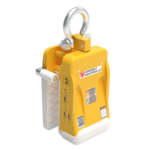
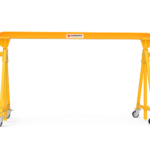
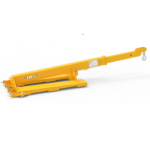
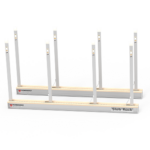
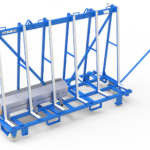
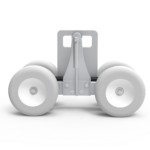
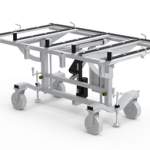
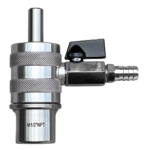
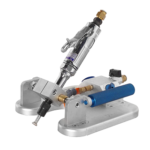
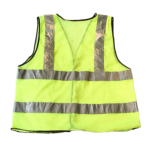
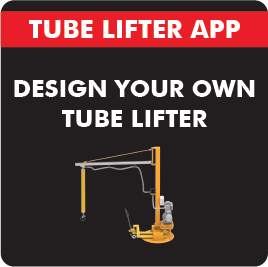

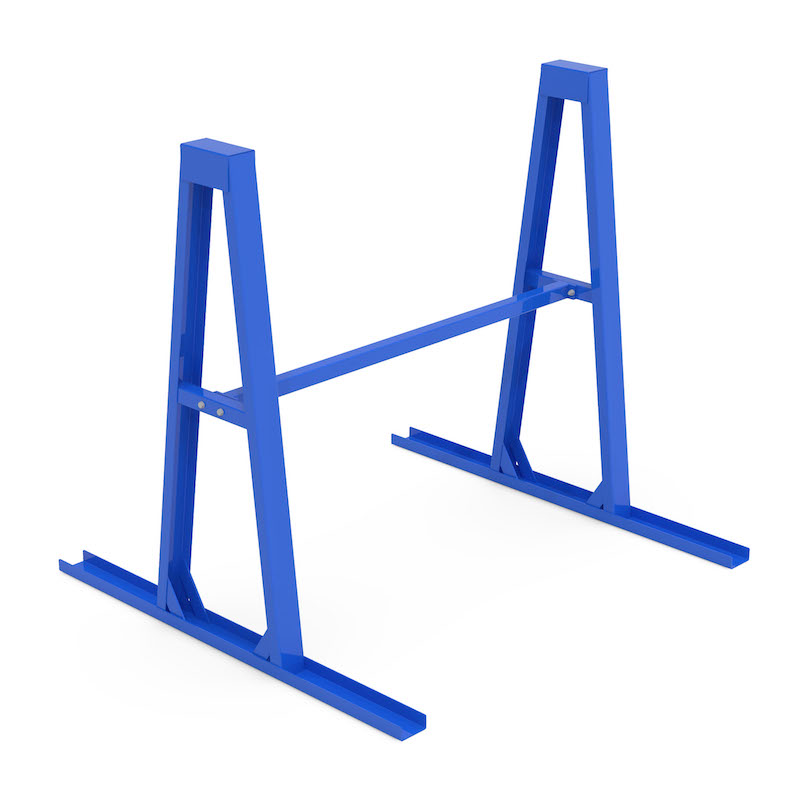

.gif)
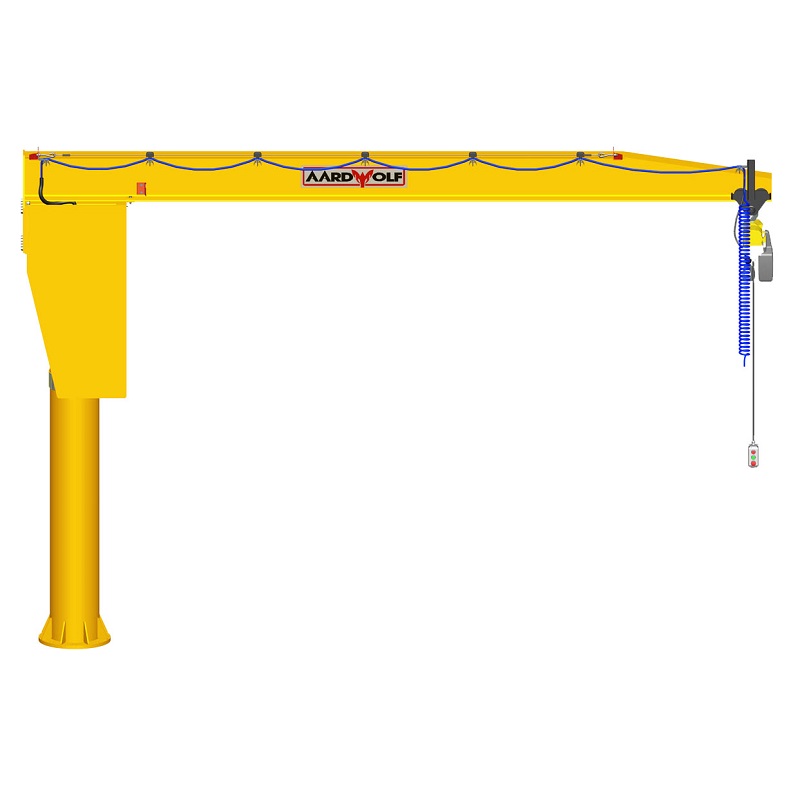


Please log in to leave a comment.